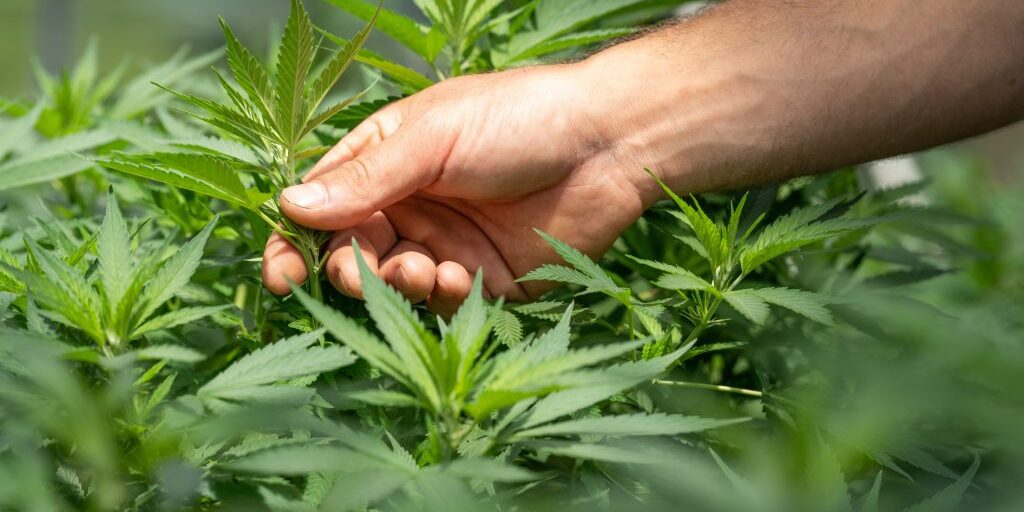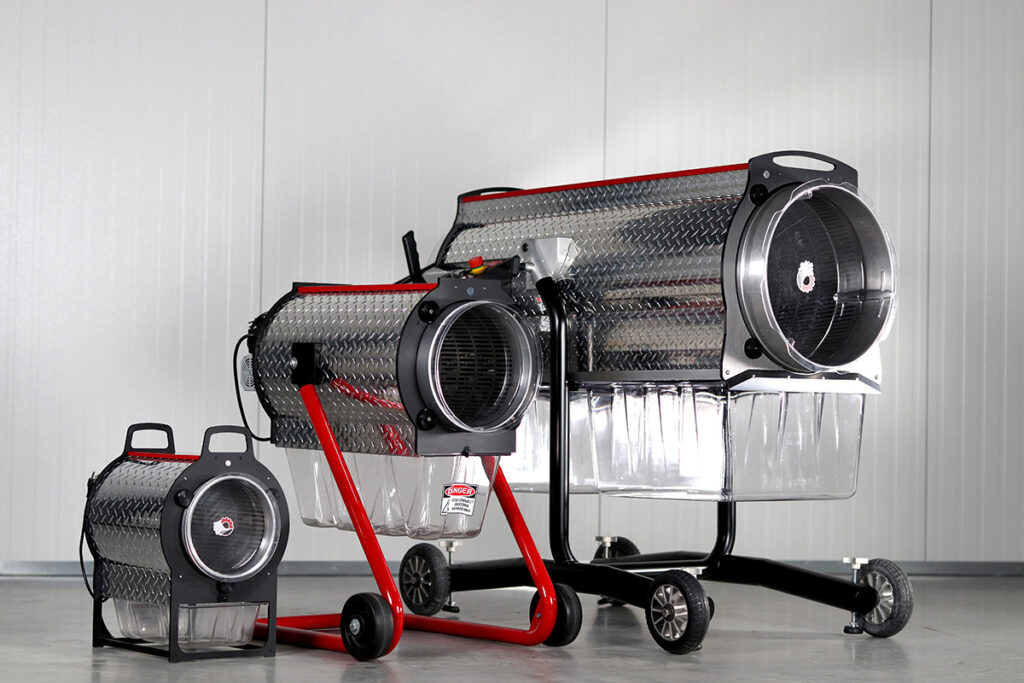The Future of Profit: Cannabis and Hemp Automation Technologies

You’ve worked hard to build your cultivation operation. Now cost pressures are mounting, and depending on your market, the price-per-pound may be in a nose-dive.
The Solution? Automation.
Cannabis and hemp automation technologies — once viewed as a labor-saving convenience — now make the difference between staying competitive and going out of business.
What Do You Mean by Cannabis & Hemp Automation Technologies?
In 2012, the term automation meant something different to cultivators. Back then, when growers used the adage “automate or stay late,” they were probably talking about hand watering.
In 2021, the concept of automation presupposes an irrigation system. Now, automation means adaptive environmental controllers, mechanical trimming systems, and agricultural-scale hemp cultivation.
These new technologies are critical to staying ahead and leveraging economies of scale. But to keep up with multi-state operators, you’ll want to pick the technologies that address your opportunity areas and support your goals. Read on to learn more, and make sure to contact a Triminator representative for a custom-tailored assessment of your needs.
Environmental Control and Data
Indoor and greenhouse cultivators have lots of options for making their businesses more efficient — if they have the funding. Environmental controllers monitor irrigation, lighting, CO2 supplementation, light deprivation, and HVAC for better results; LED fixtures are more cost-efficient and can eliminate most HPS-related maintenance; and nutrient injectors make mixing nutes simple and foolproof.
But the most advanced systems automate — or at least enable — better cultivation. By collecting data (e.g., temperature, humidity, light levels), an advanced system can improve your crop outcomes by identifying the daily conditions that lead to pests or sub-optimal growth.
You’ll want to work with a third-party crop consultant to analyze your facility before you make large investments. They can help you identify opportunity areas to work on first. Grab the low-hanging fruit before proceeding to more advanced controls.
Cannabis & Hemp Trimming Systems
At Triminator, we’re big fans of automated processing. Trimming and destemming are some of the most labor-intensive tasks of cultivation. That’s why trimmers were amongst the first cannabis- and hemp-specific machines introduced — way back in the early 2010s.
Now, large-scale trimming equipment is the only feasible way to run a large-scale operation. And hemp is taking processing to a whole new level. But not all trimmers are designed for the same type of automation.
Batch vs. Throughput Cannabis and Hemp Trimmers
You’ll find two types of trimmers on the market: batch trimmers and throughput trimmers. We manufacture both types.
Batch trimmers allow you to trim a fixed quantity of flower automatically — without paying much attention to the machine as it runs. You load the drum of the Triminator Dry or Triminator XL Dry and let the machine run for a predetermined period, usually around 3-5 minutes depending on the strain and your desired trim closeness.
A batch trimmer allows technicians to focus on other tasks while the machine runs, such as bucking flowers, maintaining quality control by snipping crows feet, or packaging. The multi-tasking dynamic of a batch trimmer makes it perfect for operation by a single technician.
Throughput trimmers, on the other hand, are designed for assembly-line style work. Bucked flowers journey through a cylindrical tumbler and blades within the tumbler remove the leaves as they pass through. Technicians or a conveyor belt feed fresh material into the machine.
There’s no right or wrong way to trim. The best machines for you will depend on your workflow and whether you want to trim wet or trim dry. A throughput trimmer — such as the Triminator Hybrid™ — is excellent for busy harvest days when you’ll need all hands on deck to buck the buds, run the machine, and snip crow’s feet after the automated trim. These systems can also be coupled with conveyors on the infeed and outfeed to speed production and boost quality control.
A dry trimming strategy lends itself to a more relaxed harvest day — all you have to do is hang the plants, and trimming can wait. In this case, once the plants have dried, you can use the Triminator XL Dry to process them in batches at a rate of 60 pounds per hour. One operator can fill the machine and let it run while attending to other tasks.
Hemp Processing Equipment
Hemp cultivation now operates at an entirely new scale — one that makes automation a must. Our engineers are hard at work to meet the scaling demand with equipment that’s larger, quicker, and specifically tailored to the tasks of hemp cultivators.
Hemp Dry Trimmers
When the crop is dry and it’s time to trim, there’s the Triminator Dry Trimmer Line. The XL represents largest of the three models. The 48-inch batch trimmer can process up to 60 pounds of hemp or cannabis per hour. That means even farms with dozens of acres can keep pace during the fall harvest.

Hemp Processing and Milling
After the trim, you can prepare your flower for extraction with an industrial mill. The homogenous particle size optimizes cannabinoid extraction or makes waste disposal easy.
Ready to automate your operation at scale? Contact a Triminator representative today. They can help find the right solution to help you scale and stay competitive.
Like what you read?
Get more insider industry knowledge sent right to your inbox
"*" indicates required fields